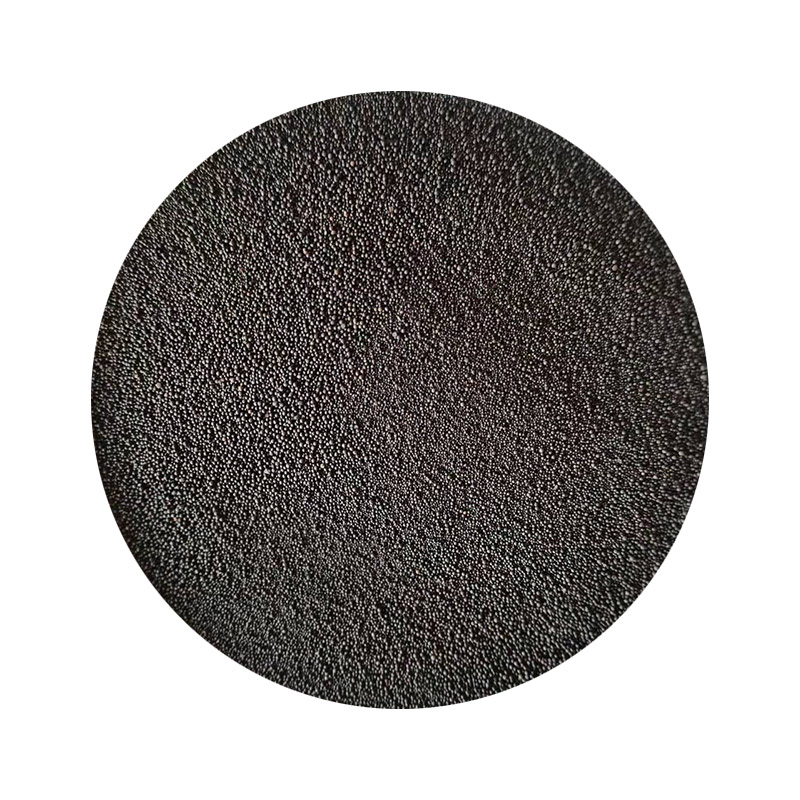Exploring the Fascinating World of Sand 3D Printing
In recent years, the realm of manufacturing has witnessed a revolutionary transformation, largely driven by advancements in 3D printing technologies. Among these innovations, sand 3D printing has garnered significant attention, offering a compelling blend of sustainability and versatility that has the potential to reshape various industries, particularly in the realms of construction, automotive, and art.
What is Sand 3D Printing?
Sand 3D printing, also known as sand additive manufacturing, involves the creation of objects using specially formulated sand as the primary material. This process typically employs a binder jetting technique, where a layer of sand is deposited and a binding agent is printed onto it, solidifying the structure layer by layer. This method is particularly advantageous for creating complex geometries that would be difficult or impossible to achieve through traditional manufacturing methods.
Applications of Sand 3D Printing
One of the most significant applications of sand 3D printing is in the construction industry. The technique allows for the rapid fabrication of sand molds for casting processes. These molds can be customized to meet specific design requirements and can significantly reduce lead times in production. For instance, companies can produce intricate mold designs that accommodate unique architectural features, facilitating more innovative building designs while maintaining structural integrity.
In addition to construction, the automotive sector has embraced sand 3D printing for the manufacture of parts and prototypes. Traditional methods often involve lengthy processes and require heavy machinery. With 3D printing, automotive manufacturers can quickly replicate complex parts, enabling faster prototyping and production runs. This adaptability not only saves time but also reduces material waste, contributing to more sustainable manufacturing practices.
The art world is also benefiting from sand 3D printing, with artists and designers increasingly leveraging this technology to create unique sculptures and installations. The ability to produce intricate designs in a short period opens up new avenues for artistic expression. Moreover, as sand is an abundant natural resource, artists can explore eco-friendly practices while achieving remarkable results.
sand 3d

Sustainability and Environmental Impact
One of the most compelling reasons for the rising popularity of sand 3D printing lies in its environmentally friendly attributes. Traditional manufacturing processes often result in substantial waste, while sand 3D printing minimizes this issue by using only the material needed to build each object. The recycling of sand from used molds further enhances sustainability, reducing the demand for new raw materials.
Moreover, many sand 3D printing processes use non-toxic binders, making them safer for both production workers and the environment. As industries increasingly focus on sustainability, sand 3D printing presents an attractive alternative that aligns with the principles of green manufacturing.
Challenges and Future Outlook
Despite its numerous advantages, sand 3D printing does face some challenges. The technology is still relatively new, and researchers are actively exploring ways to improve the mechanical properties of printed products. For instance, enhancing the strength and durability of printed parts is crucial for applications where structural integrity is paramount. Moreover, the speed of production is also an area ripe for advancement, as faster printing methods could further increase the technology’s competitiveness in the marketplace.
The future of sand 3D printing looks promising. As advancements in materials science and printing technologies continue, we can expect to see even more applications for this versatile method. The integration of artificial intelligence and machine learning could also optimize the design and printing processes, leading to enhanced performance and innovative solutions in various industries.
In conclusion, sand 3D printing is poised to become a transformative technology across multiple sectors. Its ability to create complex, customizable designs while promoting sustainability makes it an indispensible tool for the future of manufacturing. As we continue to explore and refine this innovative technology, the possibilities for the applications of sand 3D printing are limited only by our imagination.
Post time:Oktoba . 13, 2024 15:36
Next:Inspired by Cerabead Create Your Unique Beaded Art with Vibrant Colors and Patterns
